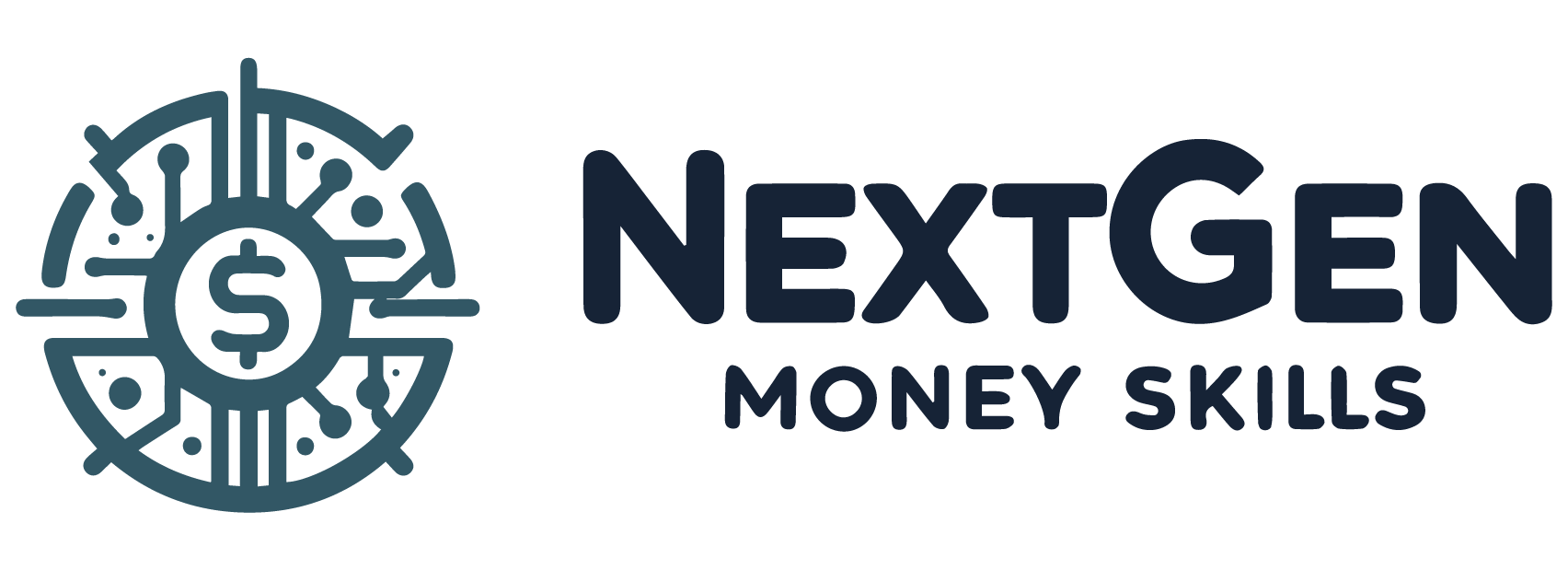Table of Contents
Amassing $50,000 in one year may seem daunting, but it’s an achievable feat with the right strategy. It begins with a commitment and a willingness to adjust your financial habits significantly. Consider this a challenge that will require dedication, but remember, the reward is a substantial boost to your savings and a step closer to financial freedom. Let’s embark on this journey with a clear plan and the resolve to make each day count towards your goal.
Every dollar saved is a building block towards your target. Whether for a down payment on a home, starting a business, or creating an emergency fund, your reasons for saving can fuel your motivation. Stick to the plan, track your progress, and let’s make that $50,000 milestone a reality within the next 12 months. Read till the end to learn how to save 50 000 in a year.
Laying the Financial Groundwork for Significant Savings
To set the stage for saving $50,000, you must first lay a solid financial foundation. This means taking a magnifying glass to your current financial situation and preparing to make some changes. It’s like preparing the soil before planting—necessary for growth.
Evaluate and Restructure Your Budget
A thorough budget evaluation is crucial. As a gardener assesses the soil, you must review your income and expenses to identify where you can adjust. A well-structured budget is your blueprint for success in savings.
Prioritize Your Expenses
Begin by categorizing your expenses from most to least important. Essentials like housing, utilities, and food should be at the top. This will show you where your money must go first and what can be trimmed.
Identify Areas to Reduce Spending
Scan through your expenses with a critical eye to spot reduction opportunities. Eating out less, cutting subscription services, and shopping for deals can significantly lower your monthly outlay and inch you closer to your goal.
Setting Realistic and Achievable Saving Goals
Realistic goals act as a roadmap for your savings journey. They guide your daily decisions and help keep your eyes on the prize—your $50,000 savings target. Without them, it’s easy to veer off course.
Establish Clear Financial Targets
Clear financial targets are non-negotiable. Know exactly what you’re saving for and why. This clarity will provide purpose to your efforts and make the goal of saving $50,000 in a year feel more tangible.
Break Down the Annual Goal Into Monthly Milestones
Divide your yearly savings goal into monthly milestones, making it more manageable. Aiming for around $4,167 monthly gives you smaller, achievable targets to hit and track your progress.

Smart Spending Tactics to Increase Your Savings
Smart spending is not about deprivation; it’s about making wise choices with your money. Each purchase should be considered carefully to ensure it aligns with your savings goals and doesn’t hinder your progress.
1. Embracing a Frugal Lifestyle Without Sacrificing Quality of Life
Frugality isn’t about cheap living—it’s about value. Embrace a lifestyle that maximizes your resources without compromising your happiness. This balance is key to sustainable saving without feeling deprived.
Adopting Money-saving Habits
Develop habits that naturally lead to saving money. Cooking at home, using public transportation, and being energy-conscious are all practices that can significantly trim your expenses over time.
Utilizing Discounts and Cashback Offers
Make your purchases work by taking advantage of discounts and cashback offers. These savings can add up quickly, effectively putting money back into your pocket that can go towards your $50,000 goal.
2. Cutting Down on Major Expenses
Major expenses are often the best places to find significant savings. Focusing on the larger items in your budget can free up more money to contribute to your savings goal.
Housing and Accommodation Strategies
Consider your housing costs. Downsizing, getting a roommate, or refinancing your mortgage can drastically reduce this major expense, freeing up substantial funds for your savings.
Innovative Ways to Save on Transportation Costs
Transportation can eat a large portion of your budget. Carpooling, public transit, or even biking to work are innovative ways to reduce these costs and boost your savings.
Income Augmentation Strategies
To reach a savings goal of $50,000 annually, boosting your income is pivotal. By exploring additional income streams, you can accelerate your saving rate. Remember, every extra dollar you earn is another step closer to your target. It’s all about maximizing earning potential without overwhelming yourself, so finding the right balance is key.
3. Exploring Side Hustles and Part-time Opportunities
Side hustles and part-time jobs can play a substantial role in helping you meet your financial goals. These opportunities offer flexibility and the chance to earn more outside your main job. Look for roles that align with your skills and interests to make the work enjoyable and profitable.
Freelancing and Remote Work Options
Freelancing and remote work are excellent ways to augment your income on your terms. With the rise of digital platforms, finding freelance work has become more accessible. Whether you’re a writer, designer, or web developer, there’s a demand for your skills. Plus, the flexibility of remote work means you can fit gigs around your existing schedule.
Turning Hobbies Into Profitable Ventures
Your hobbies aren’t just for relaxation; they can also be a source of income. From crafting to photography, consider how you can monetize your passions. Online marketplaces and social media can help you reach customers interested in your unique creations or services.
Investing and Growing Your Savings
Once you’ve streamlined your income and expenses, it’s time to focus on making your money work for you. Investing can help grow your savings beyond what’s possible through saving alone. Start with low-risk investments and gradually expand as you become more comfortable and knowledgeable.
4. Introduction to Low-risk Investment Options
Considering low-risk investment options can be a savvy move if you aim to save a substantial amount, like $50,000 in one year. These investment vehicles offer more stability and less risk of losing your principal than stocks or high-volatility instruments.
High-yield Savings Accounts and Certificates of Deposit
One straightforward way to earn interest on your savings without significant risk is through a high-yield savings account. These accounts typically offer higher interest rates than traditional savings, allowing your money to grow more rapidly. Certificates of Deposit (CDs), on the other hand, lock in your savings for a set term at a fixed interest rate, usually higher than savings accounts. Though your money isn’t as accessible, CDs can be a cornerstone in your savings plan, providing a guaranteed return.
Exploring Bonds and Conservative Mutual Funds
Bonds are essentially loans you give to corporations or governments, with the promise of your principal plus interest back over time. They’re generally lower risk, particularly if you stick with highly-rated government or corporate bonds. Conservative mutual funds, which pool your money with other investors to purchase a diversified portfolio of bonds and other low-risk assets, offer a hands-off approach to growing your savings while potentially maintaining a conservative risk profile.
Automating Your Savings and Investments
Automating your savings can be a game-changer. It ensures a consistent and disciplined approach to reaching your $50,000 goal, removing the temptation to spend from the equation.
Setting Up Automatic Transfers to Savings
You’re paying yourself first by setting up automatic transfers to your savings or investment accounts. Choose a specific amount to transfer automatically from your checking to your savings account each payday. It’s like you never had the money to spend, and over time, these transfers can add up to a significant portion of your savings goal.
Utilizing Retirement Accounts and Employer Match Programs
Take advantage of retirement accounts like 401(k)s or IRAs, especially if your employer offers a match program. That’s free money contributing to your savings goal. Maximize your contributions to get the full employer match, and consider it an integral part of your strategy to save $50,000 within a year.

Monitoring and Adjusting Your Saving Strategy
Keeping a close eye on your savings progress is crucial to ensure you stay on track to meet your goal within the desired timeframe.
Keeping Track of Progress and Staying Motivated
Monitoring your savings progress helps identify successes and areas needing improvement. Use a simple spreadsheet or savings app to track your contributions and growth over time. This visibility can be incredibly motivating, showing how every little bit adds up.
It’s also important to reflect on your financial journey. Recognize that saving a significant amount is a marathon, not a sprint; maintaining your motivation is key to crossing the finish line.
Regular Review of Savings Goals
Set a regular monthly or quarterly interval to review your savings goals. This helps ensure you’re on pace and allows you to adjust your strategy if falling short. If you’re ahead, it might even allow you to set a new, higher goal, further bolstering your financial security.
During these reviews, consider any life changes or unexpected expenses that may impact your savings plan. Adjust your budget and savings contributions to align with your $50,000 target.
Celebrating Milestones to Maintain Momentum
When you hit milestones along the way – say, every $10,000 saved – celebrate your achievements. These celebrations don’t have to be expensive; they’re simply acknowledgments of your hard work and discipline. These little rewards help maintain your motivation and commitment to your overall savings goal.
Adapting to Financial Changes and Challenges
Life is full of surprises, and your financial journey will likely encounter some bumps. The key is to adapt without losing sight of your savings goal.
Revising Budgets in Response to Life Events
Significant life events, like a job change or a family addition, can impact your finances. When these events occur, it’s time to revisit your budget. Redistribute your expenses to ensure that your savings plan remains feasible. This could mean cutting back on discretionary spending or finding new ways to increase your income.
Flexibility in your budgeting is not a sign of failure; it indicates a dynamic and responsive approach to savings. Being proactive and adapting your budget makes you more likely to stay on track.
Managing Unexpected Expenses Without Derailing Savings
Unexpected expenses can threaten to derail your savings plan, but with a solid emergency fund and a bit of creativity, you can handle these without tapping into your savings. Consider temporary side hustles or selling items you no longer need to cover unexpected costs.
Additionally, review and adjust your savings contributions if necessary. While dealing with these expenses is important, it’s equally important to return to your regular savings plan as quickly as possible to keep your $50,000 goal within reach.
Conclusion: How to Save 50 000 in a Year
Embarking on a journey to save $50,000 in a year is a remarkable challenge that requires dedication, discipline, and strategic planning. But with the right mindset and tactics, it’s an achievable goal. You’ve learned to lay a solid financial groundwork, employ smart spending strategies, augment your income, and wisely manage your money. These steps pave your path to saving a significant sum and instill habits that can benefit your financial health for a lifetime.




